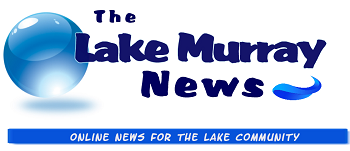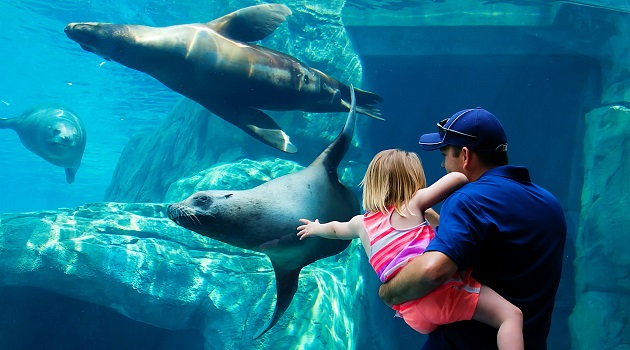Riverbanks Zoo and Garden expresses sincere gratitude to Richland and Lexington County Councils and the citizens of the Midlands for their overwhelming support of the Zoo’s bond issue request, enabling the commencement of Phase Two of the visionary “Bridge to the Wild” project.
Embarking on a year-long design process in the coming year, Phase Two of Bridge to the Wild signifies a significant leap toward Riverbanks’ future vision. The project promises to elevate Riverbanks’ economic impact to over $175 million annually, yielding tangible benefits for the community, including job creation, increased tourism, and enhanced educational and recreational opportunities.
The expansion features a one-of-a-kind primate forest and a riverside restaurant along the Saluda River, showcasing a South Carolina nature preserve that highlights the state’s most charismatic animals. Enhanced lion and tiger habitats, coupled with an innovative aerial tram system providing a bird’s eye view of the Saluda and surrounding skyline, are integral components of this transformative phase.
Having secured $37 million in private funding for Phase One, Riverbanks has already unveiled impressive additions, such as the all-new rhino habitat (August 2020), Darnall W. and Susan F. Boyd Aquarium & Reptile Conservation Center (March 2023), and the upcoming Komodo dragon breeding facility (2024) and education facility (late 2025).
President and CEO Tommy Stringfellow expressed gratitude for the regional cooperation that has shaped Riverbanks over the past five decades. “The annual economic impact and the quality-of-life that Riverbanks brings to the Midlands have been made possible by five decades of regional cooperation,” Stringfellow said. “We are grateful for this next step and will continue to work with the Councils and other community leaders to explore ways to maximize community impact while minimizing cost to the taxpayer. The Zoo will celebrate 50 years in 2024, and we look forward to building a Bridge to the Wild to ensure a brighter future for our community wildlife and wild places.”



